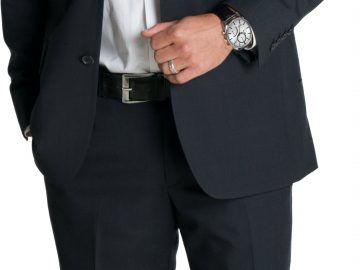The N95 mask filters 95% airborne particles. This mask is meant to be worn by people suffering from respiratory problems. It is also known as a respirator. It has several benefits, including reducing the chance of respiratory infections and preventing the spread of respiratory diseases. You can protect your eyes by wearing a mask when exposed to certain types or airborne contaminants. In case you have just about any inquiries regarding exactly where and the best way to make use of n95 mask, it is possible to email us in our website.
Filtering facepiece respirator
Filtering facepiece respirators are becoming more commonly used in medical facilities, according to the Centers for Disease Control and Prevention. They are usually thrown away after one patient encounter, but they are becoming more popular in hospitals, especially for patients at high risk of contracting tuberculosis and other infectious diseases. This practice helps conserve N95 filtering facepiece respirator supply by allowing the same facialpiece to be worn at multiple patient encounters without having it removed.
Filtering mask respirators are part of the surgical respirator category. They are frequently used in healthcare facilities and for surgical procedures. Patients should talk to their healthcare providers before using an N95 respirator. This will ensure that they are comfortable with the device. The mask may interfere with breathing, and it may be necessary to use an exhalation valve to reduce heat buildup.

Cost
The N95 Mask is a medical mask that protects healthcare workers against the spread of airborne pathogens. It has been approved by the National Institute of Occupational Safety and Health (NIOSH). It is made from polypropylene and has an embedded electric charge that attracts or traps foreign particles. This mask is a key component of protection against airborne pathogens. The mask is available at many pharmacies, including Walgreens, Rite Aid, and Publix. Some shops sell three N95 Masks per person.
The price of an N95 mask has increased significantly since the Ebola outbreak in West Africa. The outbreak has disrupted international supply chains and prompted panicked civilian purchases. The high cost of N95 masks has driven prices up to $10, $12 and even $15, according to the U.S. surgeon General. There are laws in many states that prohibit price gouging during emergencies. Attorney General Ken Paxton stated that he won’t tolerate businesses profiting from mouse click the up coming article current Ebola outbreak.
Fit test
A fitting test for N95 masks can be an important step to ensure proper protection against airborne pathogens. Using an improperly fitted mask can increase the risk of developing respiratory infections, according to the CDC. Recent case reports describe the case of a New Jersey worker who was diagnosed with COVID-19. HCP was diagnosed with low-grade fever and no other symptoms. One of his coworkers noticed that the N95 face mask didn’t fit properly so she sent him for a quality fit test. Despite the index HCP’s inability smell the test substance, his qualitative fit test results were negative. He also developed a chest heaviness and fatigue. However, despite the results, the index HCP reported adherence to CDC guidelines.
A properly fitted N95/P2 mask reduces airborne particles by tenfold. The mask’s face seal is important for protecting against air pollution. Failure of the mask may be due to a lack of an easy method to test it. This is because N95 masks are not certified to provide adequate protection. There are several ways to make sure your face is well sealed.
Reusability
Reusability of N95 facepiece respirators (FFRs) is a great way to reduce the risk of pathogen contact. Healthcare staff can rotate each mask by storing them in a breathable bag. This will prevent pathogens from spreading between each use. But, there are restrictions on reusability. Depending on the circumstances, you may need to purchase multiple masks to meet the required number of donnings.
Many hospitals sterilize N95 nasal masks with hydrogen peroxide. This process can be repeated 20 times. This process is difficult and requires special equipment. It also requires several days storage. The MIT/BWH research team created a reusable mask which can be sterilized after use. The silicone rubber was used to make the material. It is both flexible and long-lasting. It can also easily be moulded to any shape using injection molding.
Limitations
A N95 mask is a type of safety respirator. FDA cleared it as a disposable, single-use device. This means that it is discarded when it becomes damaged or soiled. However, the CDC supports reuse and decontamination for N95 Masks and has strategies that optimize N95 Mask supply.
An N95 respirator has one major limitation. It cannot filter air with high levels oil or toxins. Additionally, it can only filter oxygen at 19.5%. It is not recommended for anyone suffering from lung disease. They are also not suitable to be worn by young children. In case you have any questions regarding where and how you can use n95 mask, you can contact us at our own page.



